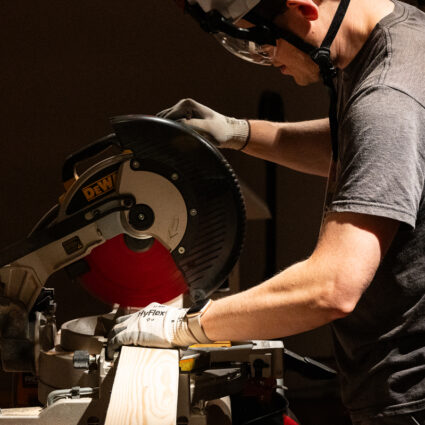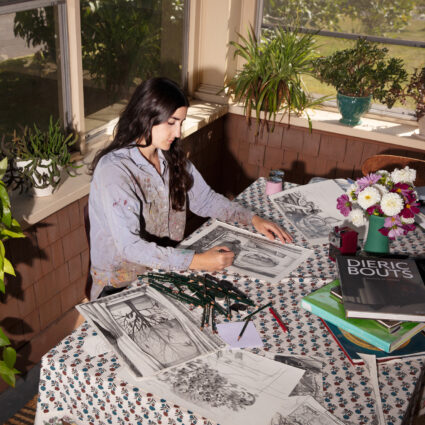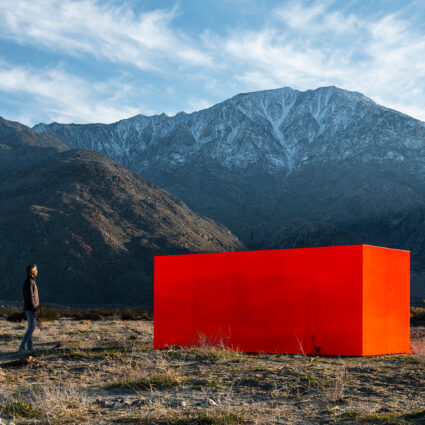A visit to the Mabel Dodge Luhan House in Taos reveals the early-20th-century arts patron as an enduring, and conflicting, local center of gravity.
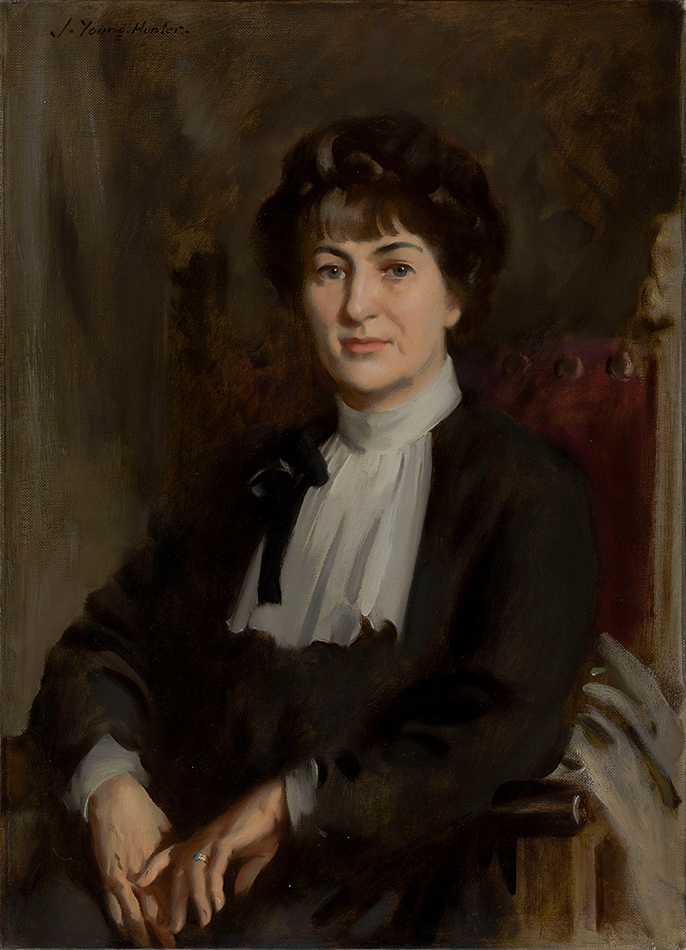
In June 2021, Rebecca Panovka scathingly announced in her article for The New Yorker, “The Strange Revival of Mabel Dodge Luhan”: “Not every forgotten woman is in need of a bio-pic.” Her piece was a tandem review of Frances Wilson’s D.H. Lawrence biography, Burning Man—a section of which covers Lawrence’s time in New Mexico with Luhan—and a fictional account of Luhan and Lawrence’s relationship in Rachel Cusk’s novel, Second Place. Nearly two years later, few of my friends had heard of Luhan when I announced that I was planning a stay at her house, now a three-star hotel in Taos, New Mexico. The revival that Panovka feared had never come.
An heiress of a wealthy banker father from upstate New York, Luhan was a writer and patroness of the modernist art movement. She married Antonio (Tony) Lujan from the Taos Pueblo a few years after she moved to Taos in 1917, and they spent the rest of their lives together in a sprawling adobe structure on twelve acres bordering Pueblo land, which Mabel purchased at Tony’s behest. Today, despite the books and exhibitions begging us to remember her, Luhan largely receives indirect homage through the fashion choices of a new generation of elderly female art patrons, who, consciously or not, wear Mabel-like costumes: blunt bobs and flowing, minimalist garments punctuated with turquoise beads or some other vague reference to Southwestern Native American design.
Rather than weighing in on the value of Luhan’s legacy, I found myself questioning my perversity for wanting to wedge myself into this narrative.
Tourists venture to Taos, recognizing it as a mecca for 20th-century art and literature that retains its stature as a creative high desert oasis even if unaware of the people responsible for curating the mania surrounding it. For me, exploring the Mabel Dodge Luhan House involved sitting with discomfort and ambivalence as I, like many tourists and residents, remain attracted to and repelled by the art and history of this place. Here, scars of 19th-century settler colonialism and the following exploitative exotification of derogatorily deemed “Natives” in modern art are ubiquitous. Rather than weighing in on the value of Luhan’s legacy, I found myself questioning my perversity for wanting to wedge myself into this narrative.
Waiting for my late afternoon check-in at the Mabel Dodge Luhan House, I perused the Harwood Museum of Art’s Harwood 100 centennial exhibition. I knew Luhan’s presence would haunt this display since she moved to Taos one year after Lucy and Burt Harwood opened Taos’s first art gallery and library. Maybe, I thought, this exhibition would be another testament to the will to restore a forgotten and dubious feminist icon.1
On the second floor, John Young-Hunter’s circa 1930 portrait of Luhan allowed me to look into her eyes. She resembles a conventional-looking Victorian with a white pleated neck scarf and Edwardian hairstyle, seated on a red-padded throne. I wondered when Luhan had acquired the radically short hair that became her signature look. Was it before or after she helped organize the 1913 Armory Show in New York that brought modern art to the United States?
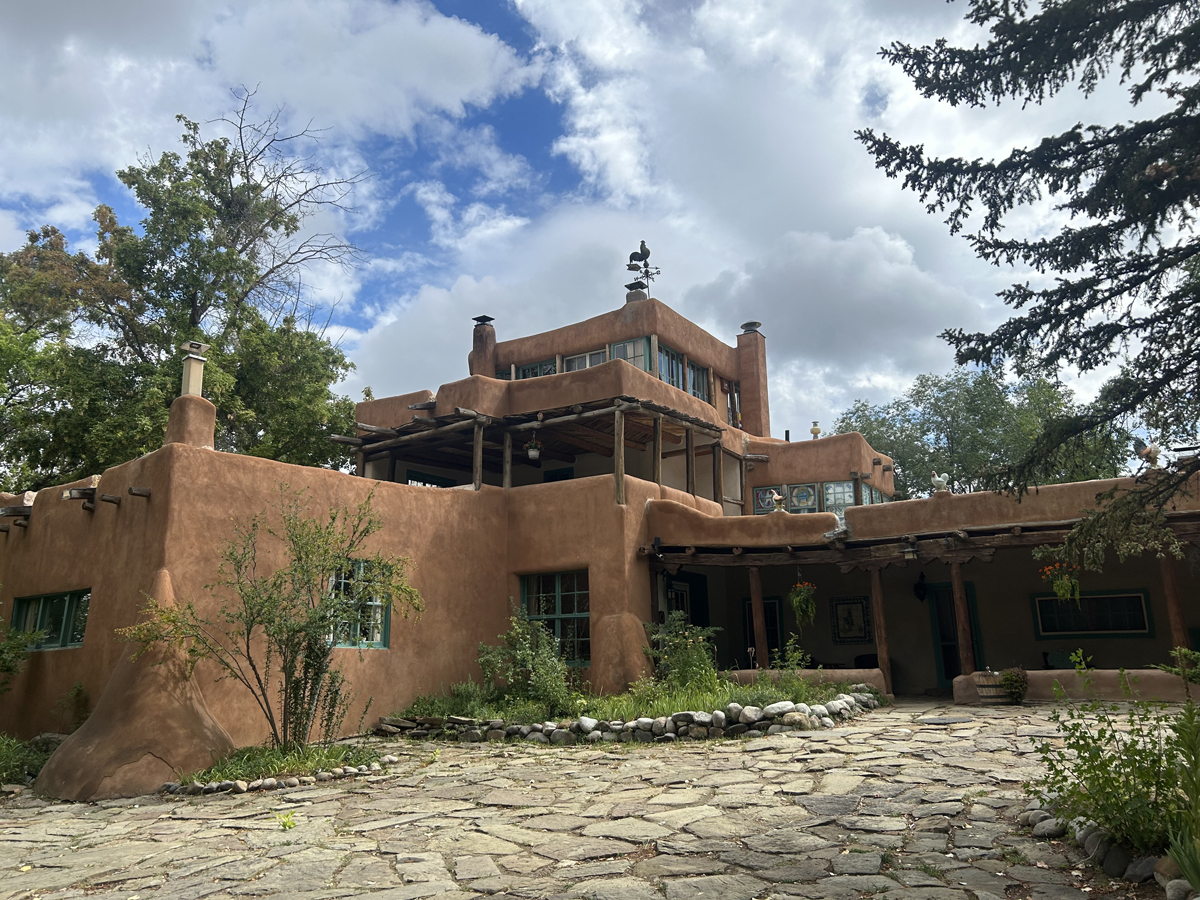
I also scanned the room, searching for indications of Tony. While Mabel plays a contentious part in Taos’s history, Tony strikes me as the silent and impenetrable shadow at her side. His presence seems flattened, merely reminding me to cringe at Mabel’s white messiah complex.
Before leaving New York and meeting Tony, Mabel claims to have dreamed that the disembodied head of her third husband, the artist Maurice Sterne, metamorphosed into an “Indian face.” Arriving in New Mexico ahead of his wife, Sterne wrote to her, encouraging her to join him and embrace her destiny: “Do you want an object in life?… Save the Indians, their art-culture–reveal it to the world!” While Sterne unquestionably elected Mabel to save us all,2 Tony will neither confirm nor deny the violent arrogance of his wife’s mission and the truth about their relationship. To me, he remains the archive’s stubbornly silent subaltern.
Eventually, I spotted Tony in E.L. Blumenschein’s oil painting, Ourselves and Taos Neighbors (c. 1940), standing among a group of other Taos elites. Blumenschein positioned him in front of Mabel, obscuring her from the viewer. Compared to Young-Hunter’s large, confident portrait of Mabel, Blumenschein’s rendition uncustomarily eclipses this tastemaker with her partner, whose role as a collaborator is often overlooked.
Three years after Mabel hired Tony to oversee the construction of her house in 1918, known as Los Gallos or the Big House, Tony and Mabel divorced their respective partners, and Tony became Mabel’s fourth and final husband. Together, they continued to build and expand their home through the 1940s. They hosted prominent artists, writers, and intellectuals, including Georgia O’Keeffe, Ansel Adams, Martha Graham, Marsden Hartley, Willa Cather, and Carl Jung. Some visitors, such as the painter Dorothy Brett and D.H. Lawrence’s wife, Frieda, made Taos their permanent residence.
Yet, how and to what extent Tony contributed to the rise of modernist sensibility and aesthetics in Taos, or what he even thought about art and society, remains unclear since most of what I’ve come across about him comes from Mabel’s autobiographical writings about the life they shared; he did not leave behind a written account of himself.
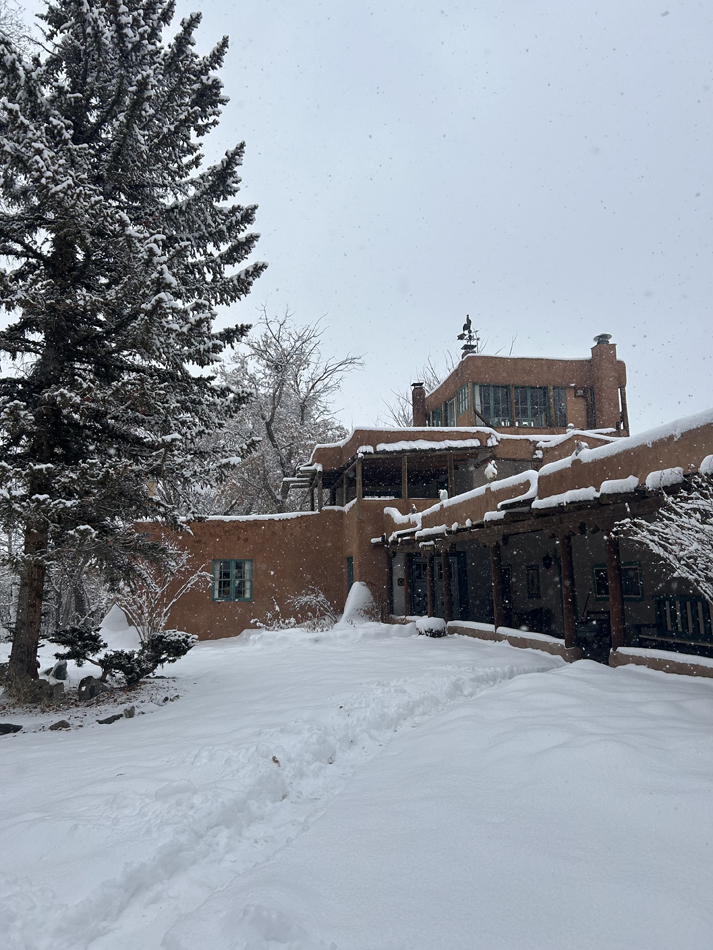
In photographs and artistic renderings, Tony appears wrapped in a woven shawl with long, plaited hair. Throughout the exhibition, he and other Pueblo men emerge on the canvases of Harwood-sponsored artists. After the property was gifted to the University of New Mexico, the Harwood housed artists and conducted classes through the 1950s. Many instructors during this period dually hired Pueblo people to work on their private properties and pose as their models.
As local Taos scholar Elizabeth Cunningham notes, after Mabel married Tony, she took his name but changed the spelling from “Lujan” to “Luhan,” ensuring that non-Spanish speakers pronounced it correctly. Mabel’s simultaneous acceptance and disavowal of “Lujan” embroils the symbolic transfer of patriarchal proprietorship over her legal identity. Considering Mabel’s acquiescence in assuming her previous husbands’ patronyms without alteration, Mabel’s adoption of “Luhan” forfeits an unproblematic union with Tony.
These ideas about historical power dynamics filled my head as I arrived at the Mabel Dodge Luhan House, perched on a hill at the end of a narrow lane that branches off Kit Carson Road. Ascending a short flight of stairs, Los Gallos emerged in its characteristic New Mexico palette–smoothed red earth packed around ornate wooden scaffolding punctuated with teal and white doors and window frames. Ceramic hens and roosters peered over the flat roof like gargoyle bait. A lodger came into view in the solarium at the top of the structure, their respite welcomingly or begrudgingly displayed behind glass.
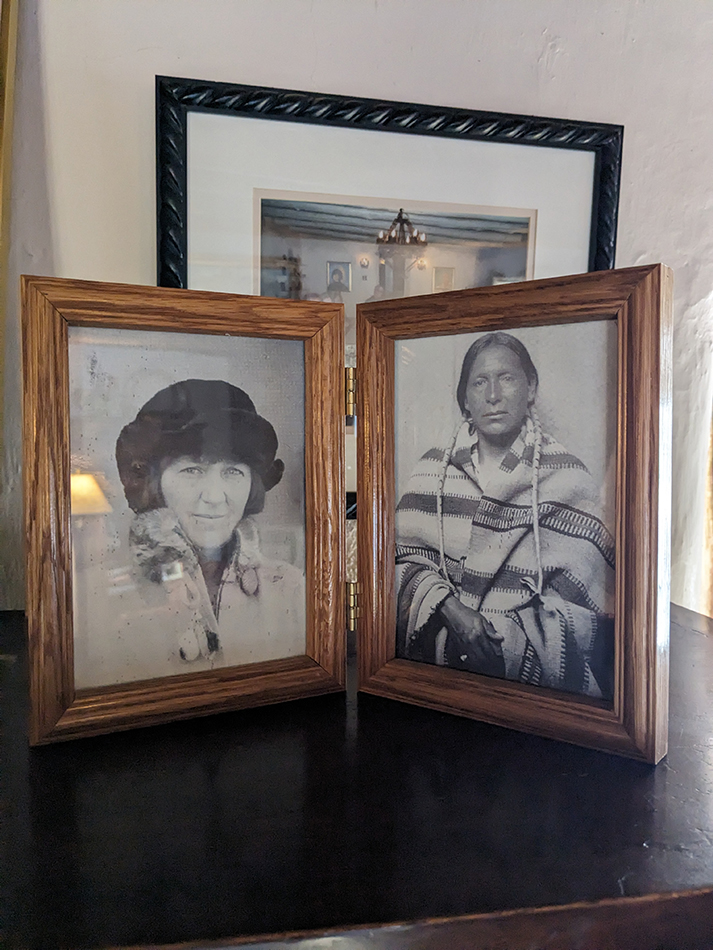
Entering the guest living room next to the check-in desk and gift shop, I spotted black-and-white photos of Tony and Mabel above a Día de los Muertos altar for Dennis Hopper, pictured on horseback. Hopper purchased the house in 1970, renaming it “The Mud Palace,” where he presided over his own creative-intellectual gatherings with prominent guests, including Bob Dylan, Allen Ginsberg, and Joni Mitchell. Previous visitors to Tony and Mabel’s home, notably O’Keeffe and Brett, also reappeared to visit Hopper. Hopper’s image reminds guests of the many ghosts who inhabit this space and how the yearning for the modernist salon lifestyle endured for decades.
In 1996, ownership fell into the hands of the Attiyeh Foundation, a nonprofit organization based in Los Angeles that promotes historic preservation and organizes creative workshops. Upcoming 2024 programming includes various studio art, writing, yoga, and meditation courses taught by lifestyle coaches and artists.
Before sunset, I toured the contemporary art openings along Kit Carson Road with my friend, the local painter Eli Walters. “Taos Is Art” banners hung on the lampposts above us as we popped in and out of shops with paintings priced in the tens of thousands of dollars. Taos is the art market, I silently retorted.
While much has changed in Taos since Mabel and Tony resided here, artistic evolution has slowed, particularly regarding local painters’ preferred subject matter. In Parsons Gallery, standing in front of a scene of Native Americans on horseback under dense clouds with columns of rain emerging like beams from UFOs, Walters tells me this piece, Beneath the Rain, is by a French American artist, Chloé Marie Burk.
“They annoy me,” I impulsively blurt.
Yet, rather than being annoyed with Burk’s outsider gaze, I’m annoyed with myself for my attraction to her bold earth-tone palette and the tantalizing appeal of a stock Southwestern landscape she seems to piece together between living in Texas, Montana, and New Mexico. Moreover, her vaguely titled pieces, like Cowpunchers and Cold Morning in the High Desert, do not seem to reference any particular time, place, or people. Scratch beneath the surface of such anachronistic cowboys-and-Indians storytelling, and you’ll find no deeper substance than the paint under your fingernails.
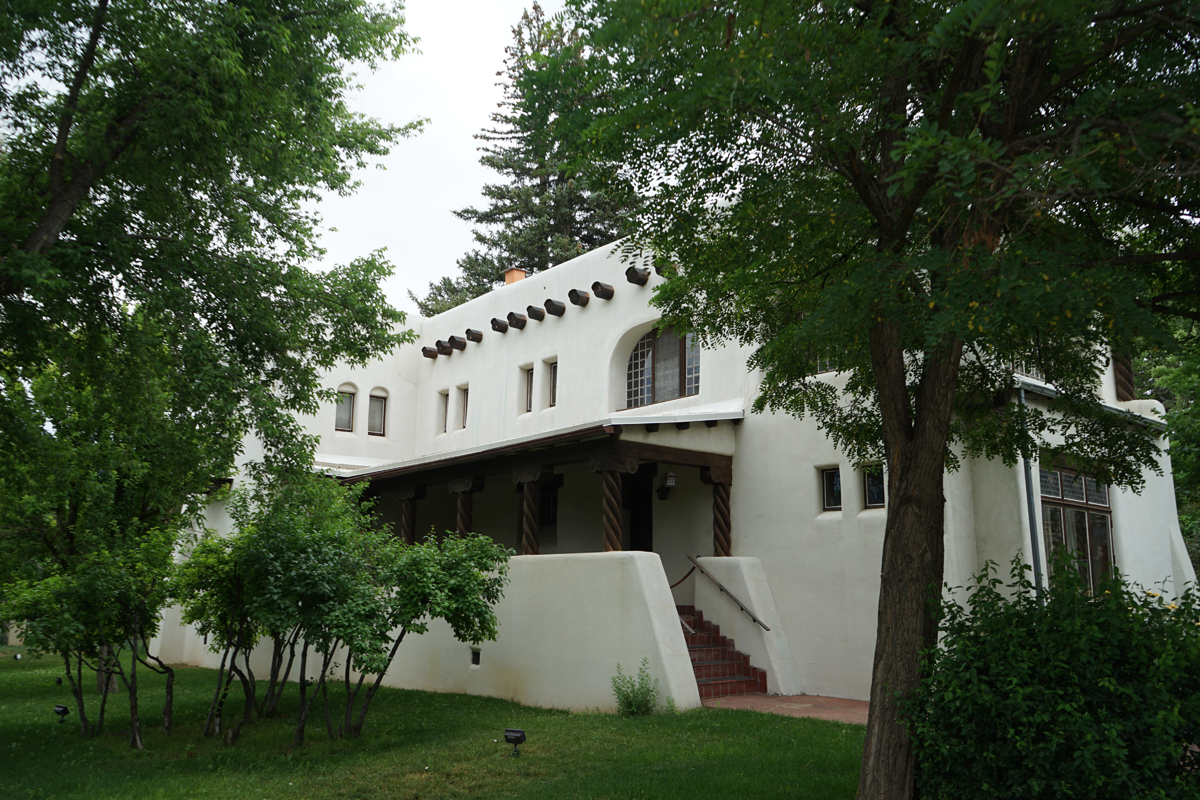
Taos is paint, I think. After Couse and the Harwood crew, Taos hosted a plethora of established mid-century painters, principally Agnes Martin, whose minimalist white paint on white canvases is on permanent display at the Harwood Museum. Over half a century has passed since the birth of abstract expressionism, and yet, paint, at least as a money-making medium, still reigns supreme.
The following day, I visited the Taos Art Museum, also known as the Nicolai Fechin House, for no reason other than I happened to be staying in the Fechin room at the Luhan House and wanted to know more about him. The day I visited, the Russian portrait painter and decorative woodworker’s great-granddaughter, Rachel A. Donner, a ceramicist, sat bravely in Fechin’s former art studio for a “Meet the Artist” event. Awkwardly skirting Donner and a table filled with hors d’oeuvres, thinking of something to say to break the loneliness hanging in the air, I fumbled, “I feel like you’re on display, too.” She smiled as I searched her face for signs of her celebrated kin.
Taos is the story of how paint and poetry became mediums for Westward expansion and the subsequent capitalist branding of a town.
More than verifying her ancestry, I searched for material evidence of how Taos’s past became Taos’s present. Donner’s presence was undoubtedly a striking coincidence as I walked around, pondering “Taos is Art,” and the scrambled notions of time, generation, and stasis embedded in that assertion. In my view, Taos is the story of how paint and poetry became mediums for Westward expansion and the subsequent capitalist branding of a town. Now obligated to peddle the fantasy that art forever resides and flourishes here, “Taos is Art” disavows the evidence that it remains stuck in the past, unable or unwilling to revolutionize into the future.
Yet, the slogan is effective. Here, on a plot still overlooking Pueblo land, people like me hope to find a way to insert ourselves into the bygone days of “high art” production. We may even grasp, as Luhan did, for a wiser, more spiritual path away from our lives of postmodern indulgence and destruction by standing close to those we assume to possess deeper ancestral ties with the land. We don’t think of the past as more innocent but as more blissfully ignorant–a time before the critique of privilege. And, perhaps because of these ugly complications, Taos stays artful.

